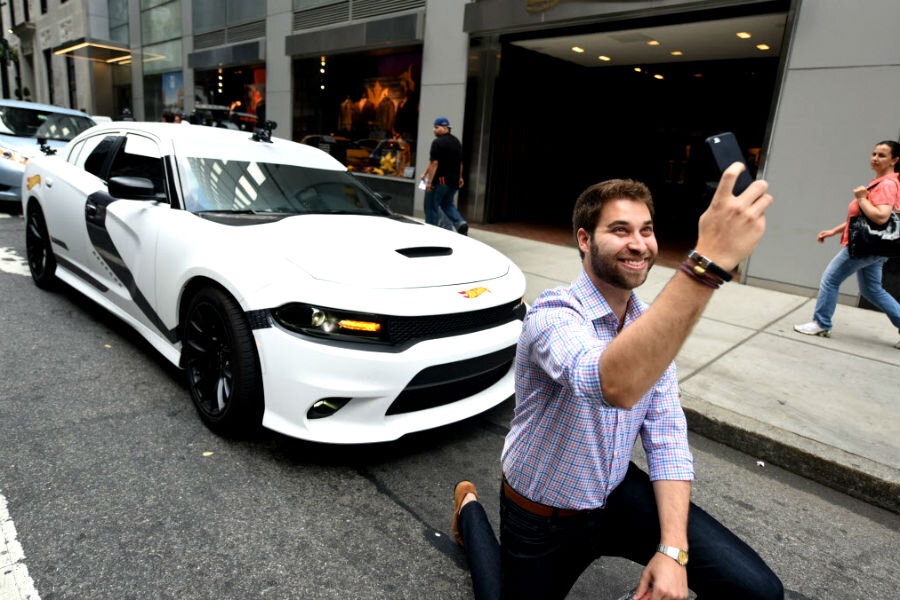Are driver selfies a step forward for Uber safety?
Loading...
When it comes to safety, Uber says the company is looking to “prevent issues before they even happen.” The latest tool in their arsenal? The driver selfie.
Uber has partnered with Microsoft Cognitive Services to develop the technology, which periodically prompts drivers to take a photo of themselves before getting behind the wheel. Real-Time ID check, as the program is known, then compares the photo to the driver’s Uber profile picture. If the two don’t match, the driver’s account is temporarily frozen while the company investigates.
The company is touting the program as one in a series of innovations designed to make Uber travel more secure for riders. But critics wonder what’s behind the push to get drivers taking selfies, saying that many drivers have never undergone background checks, and Uber has also resisted fingerprinting.
"This is Uber acknowledging drivers share their accounts and the company’s effort to reduce this practice," David Sutton, a spokesperson for the “Who’s Driving You?” campaign run by the Taxicab, Limousine and Paratransit Association, wrote in an email to The Verge.
Uber admits that passengers are sometimes picked up by drivers who are not the account holder, often a family member or close friend, according to The Washington Post. Such incidents may raise concerns for users about the security of the ride, and Uber is keen to ensure that the right drivers are behind the wheel.
“We want to discourage [account sharing], we want the real account owner to know that’s not a good thing,” Joe Sullivan, Uber’s chief security officer, told The Washington Post in an interview before “Real-time ID Check” was rolled out nationwide.
Drivers shouldn't be concerned about photo collection, said Microsoft Corporate Vice President Andrew Shuman. He explained that the photos are safely collected and stored. “We use the photos to improve the algorithms, but we make sure they’re completely anonymized and stripped of any metadata like that.”
Features such as glasses detection were developed during the pilot, which took place in Los Angeles, New York, Miami, and Atlanta. In 99 percent of cases, the technology caused no problems, Uber says.
The company has faced media scrutiny – and legal action – over its safety procedures. In February, Uber announced that it would pay $28.5 million in two class action lawsuits, following claims that it misrepresented its background checks.
Uber was “glad to put these cases behind us,” according to a company statement. The company committed to “invest in new technology and great customer services so that we can help improve safety in the cities we serve.”
Previous efforts to improve rider safety have included giving riders identifying details about the car and driver to prevent confusion, including a photo of the driver, and a map that can share journeys with friends and family. Uber also recently introduced GPS technology to detect dangerous driving.








